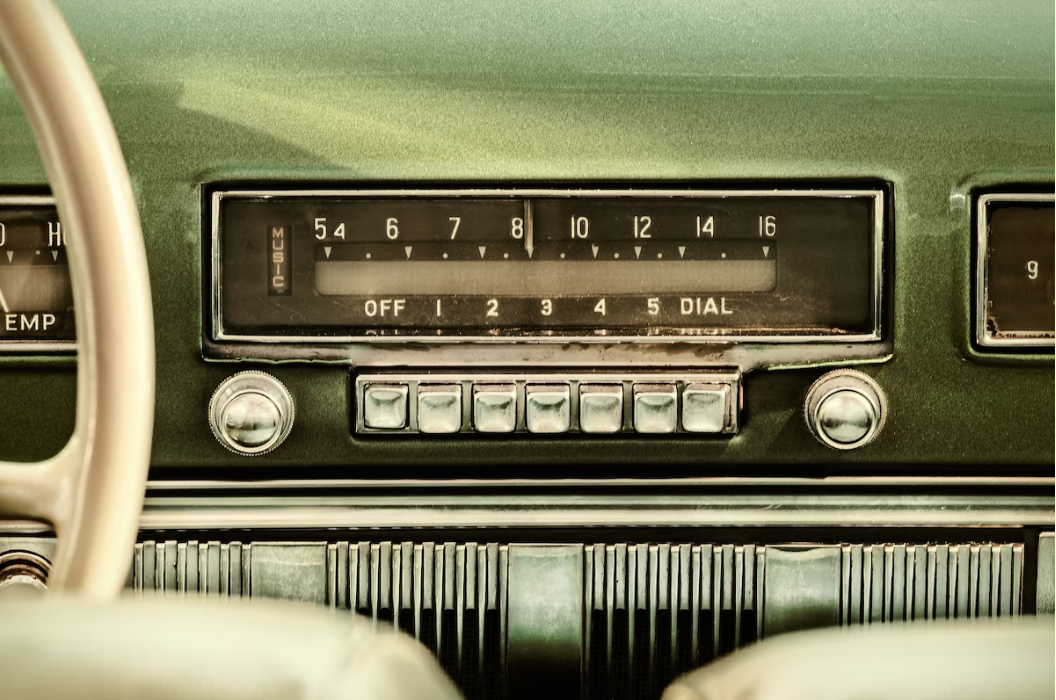Testimony before House Energy & Commerce Innovation, Data, and Commerce Legislative Hearing:
"Preserving Americans’ Access To AM Radio"
Opening statement (as prepared for delivery)
By John Bozzella
Thank you for the invitation to share my perspective on legislation to require automakers to install analog AM radio in all new vehicles.
We oppose this legislation. Let me explain why.
First, requiring analog AM radio in vehicles is not necessary to ensure public safety.
Second, it’s an intervention by Congress to support a particular business model – in this case advertising supported analog AM broadcasting.
And finally, it creates a troubling precedent at the National Highway Traffic Safety Administration.
Let me start with some context.
There are about 286 million vehicles on U.S. roads today.
The average age? More than 12 years. Ninety-nine percent of these vehicles have analog AM radio.
Even if every automaker discontinued analog AM radio – starting today – it would take more than 30 years for the fleet of vehicles to turnover and analog AM radio to fully phase out.
A handful of automakers have announced plans to stop including analog AM radio in vehicles.
Why?
Customer research suggests that drivers rarely listen to analog AM radio in vehicles anymore.
Today, they have lots of options to get news and entertainment while driving:
Internet-based radio, streaming and satellite radio as well as digital AM and FM radio.
What about electric vehicles, which are about one percent of vehicles on the road today?
EVs and AM broadcasting technologies don’t always mix.
The high-voltage electrical systems in EVs generate electromagnetic interference that according to the Center for Automotive Research:
“…distorts AM radio signals, affecting the listening experience for drivers and passengers.”
In other words: really staticky.
It’s not possible to eliminate that interference, and techniques to reduce interference add weight and mess with battery range and would cost an estimated $3.8 billion.
When we’re talking about a small universe of vehicles, and a transition that will stretch 30+ years...
Ask yourself: what is this legislation trying to solve for?
Why do this now? Why the rush?
A few weeks ago, I was on the road (not tuned to AM radio) when my phone and dashboard blared with an alert:
AN EARTHQUAKE OCCURRED IN NEW JERSEY…
I’m guessing many of us received that same alert on our mobile phones.
Luckily nobody was hurt, but this was a real-world example of a potential natural disaster while driving.
The exact scenario analog AM radio mandate supporters say makes this bill essential.
But what happens if a tornado or hurricane knocks out cell phone service while you’re in a vehicle?
First, automakers will continue to make alerts from FEMA’s Integrated Public Alert and Warning System (IPAWS) available inside the vehicle across all platforms.
And this is important: those alerts will be available even if drivers don’t subscribe to certain technologies. IPAWS alerts will be delivered at no cost to customers. For free.
Second, so consumers can make informed purchases, automakers support a clear disclosure if a vehicle doesn’t include analog AM radio.
Third, if consumers request it, automakers would support including an emergency, portable AM radio in new vehicles that don’t have analog AM radio – similar to the first aid or tire kits in new vehicles.
And because this transition will take 30 years, Congress has time to ask the GAO to study the issue and understand where analog AM radio fits into the government’s overall emergency alert protocols.
These are reasonable ways to address access to AM radio during emergencies but stop short of a full-blown government requirement.
Finally, the question of precedent.
Congress created NHTSA to be the country’s traffic safety watchdog.
The agency issues Federal Motor Vehicle Safety Standards to reduce and prevent vehicle crashes.
Air bags. Anti-lock brakes. Electronic stability control. Seat belts.
Lifesaving safety technology – mandated by NHTSA – after careful study of consumer acceptance and a rulemaking process with a cost benefit analysis.
That’s completely missing in this debate.
Instead, Congress is opening a space for NHTSA to mandate vehicle equipment that falls outside the vehicle safety lane.
NHTSA should be a vehicle safety agency – and an agency with boundaries.
You could like an AM radio mandate today, but you might not like the next equipment requirement from a future Congress under this new authority.
Thank you. I’m happy to take your questions.
